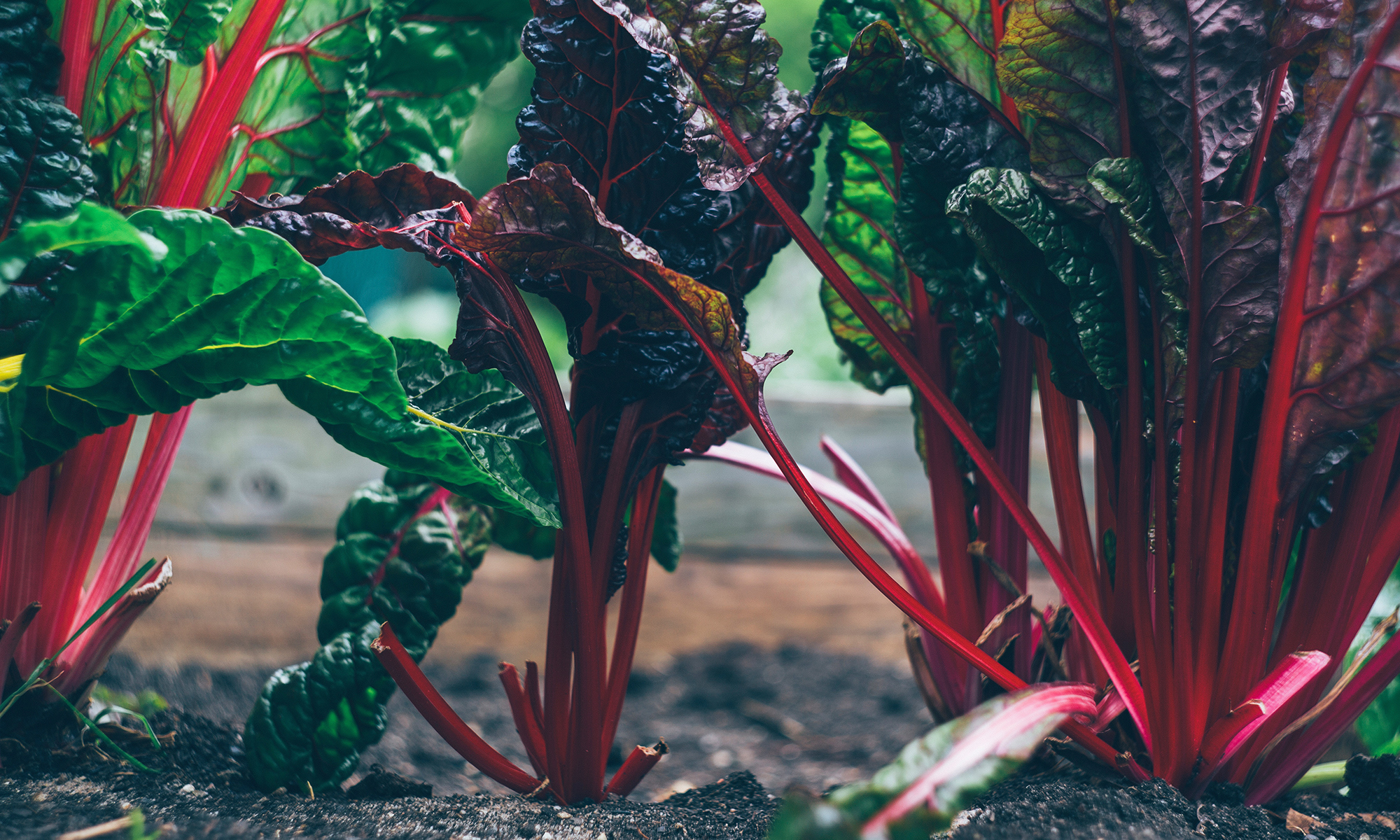After a recent Slow Money meeting at The Elephant Walk, several attendees and I retreated to the bar to continue the conversation of how we can better develop and support the local food economy. Several cocktails in, the head of our local chapter invited himself (and everyone else having drinks with us) to my house for dinner. We all pulled out our iPhones and Blackberries and found a date that worked for everyone.
When the booze wore off, a round of emails confirmed that dinner was still on. And the pressure was on me to come up with an interesting meal. Despite the fact that I haven’t cooked professionally for over 2 years, and no one in this group had ever eaten my food, I still had a reputation for being a really good chef.
My style of entertaining has decidedly mellowed over the years. Gone are the days of plated 3-course dinners and a la minute cooking. Now I serve (heavy) hors d’oeuvres followed by a family-style main meal, and everything is cooked in advanced. I’d rather sacrifice a little refinement in favor of enjoying my company.
Not feeling very creative, I decided on Tandoori Lamb. I like it because it’s easy to prepare, but still has a complex flavor that always impresses. Though I’ve made this dish many times for many occasions, no one in this group had had it before.
To shake it up a little, I served it with Cauliflower Masala, another traditional Indian dish…Oddly, I had only prepared this recipe with broccoli, favoring the bright green color and flavor that seems better suited to a pan sauté/steam. Because steamed cauliflower had little appeal to me, I decided to roast the cauliflower separately – to achieve the wonderful, caramelized brown flavor, and then top it with the roasted spices and tomatoes of the more traditional recipe.
From the garden: the last tomatoes of the season, garlic, chilies, scallions
Cauliflower Masala
(adapted from Singapore Food )
1 head cauliflower, separated into florets
2 tbs. olive oil
1 tbs. butter or canola oil
½ tsp. brown mustard seed
½ tsp. cumin
pinch fenugreek
½ tsp. turmeric
3 slices fresh ginger, minced
2 cloves garlic, finely chopped
1 onion, diced
1 tomato, chopped
1 fresh green chili, sliced
Salt to taste
1. Toss cauliflower florets and olive oil together. Season with salt. Lay cauliflower in a single layer on a baking sheet and roast in a 425F oven for 20 minutes, or until cauliflower is deeply browned on the underside.
2. Heat butter over medium heat in a medium skillet. Add onions, garlic and ginger and sauté for 5 minutes, or until soft. Add mustard seeds cumin, fenugreek and turmeric. Continue cooking for 1 minute until spices are aromatic. Remove from heat and add tomatoes and chilies.
3. When cauliflower is cooked, toss with tomatoes and spices.

